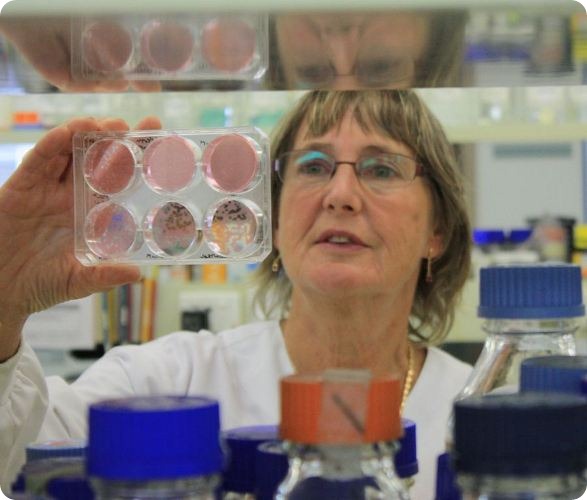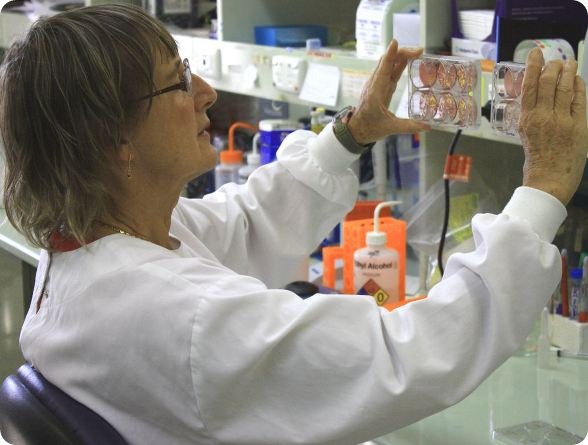Feb 22 2013
CSIRO scientists have helped to design a new drug to safeguard against epidemic and pandemic flu strains – as published in Science today.

The new drug has been proven to be effective in preventing the spread of different strains of influenza in laboratory models – including resistant strains of the virus.
The breakthrough is the result of a global collaboration between scientists from CSIRO, the University of British Columbia and the University of Bath.
In order to infect cells, flu viruses bind onto sugars on the cell surface. To be able to spread they need to remove these sugars. The new drug works by preventing the virus from removing sugars and blocking the virus from infecting more cells. It is hoped the drug will also be effective against future strains of the virus.

According to the World Health Organisation, influenza kills approximately 500,000 people each year, with up to 2500 of those deaths occurring in Australia . Costs to the Australian health care system are estimated to be more than $85M, with more than 1.5 million work days lost annually .
CSIRO scientist Dr Jenny McKimm-Breschkin, a researcher in the team that developed the first flu drug Relenza, said that understanding exactly how flu viruses become resistant to drugs has helped them to design a better flu drug.
“CSIRO researchers have shown that flu viruses continually mutate and some have become resistant to available treatments,” Dr Jenny McKimm-Breschkin said.
“The new drug is effective against these resistant strains. As the site where the drug binds is found in all flu strains, the new drug is expected to be effective even against future flu strains.
“With millions of poultry currently infected with ‘bird flu’ globally, there are still concerns about its adaptation and potential to spread among humans, causing the next pandemic,” she added.

Professor Steve Withers, University of British Columbia, has led the research team for the past seven years and said that although further studies are required to determine efficacy against a broader range of flu strains, the findings are extremely positive.
“Despite recent improvements in vaccine production, when a new strain of flu emerges it can take several months before vaccines are available to the public,” Professor Steve Withers said.
“This antiviral drug would play an important role as the first line of defence in modulating disease severity and in controlling a pandemic while vaccines are prepared,” he added.
Details of the research have been published in a paper titled: ‘Mechanism-based Covalent Neuraminidase Inhibitors with Broad Spectrum Influenza Antiviral Activity’. Researchers estimate it will take up to seven years before the drug is released.